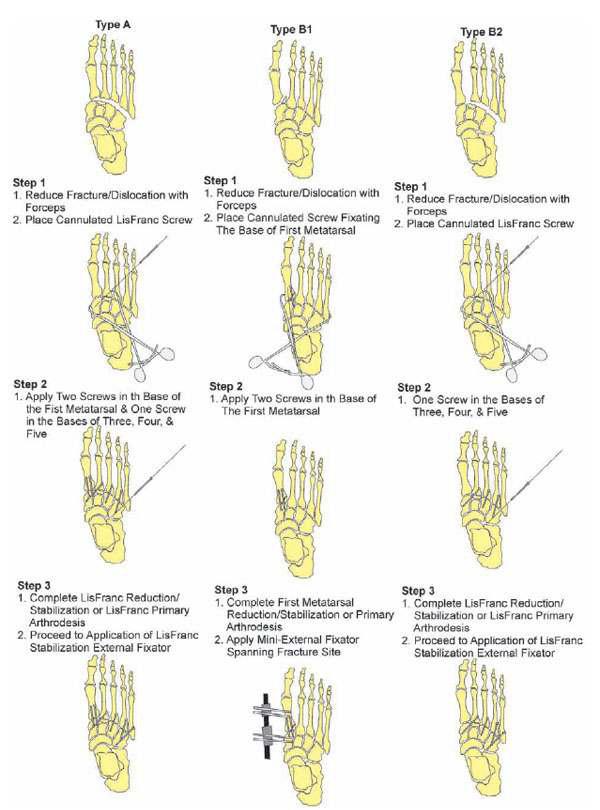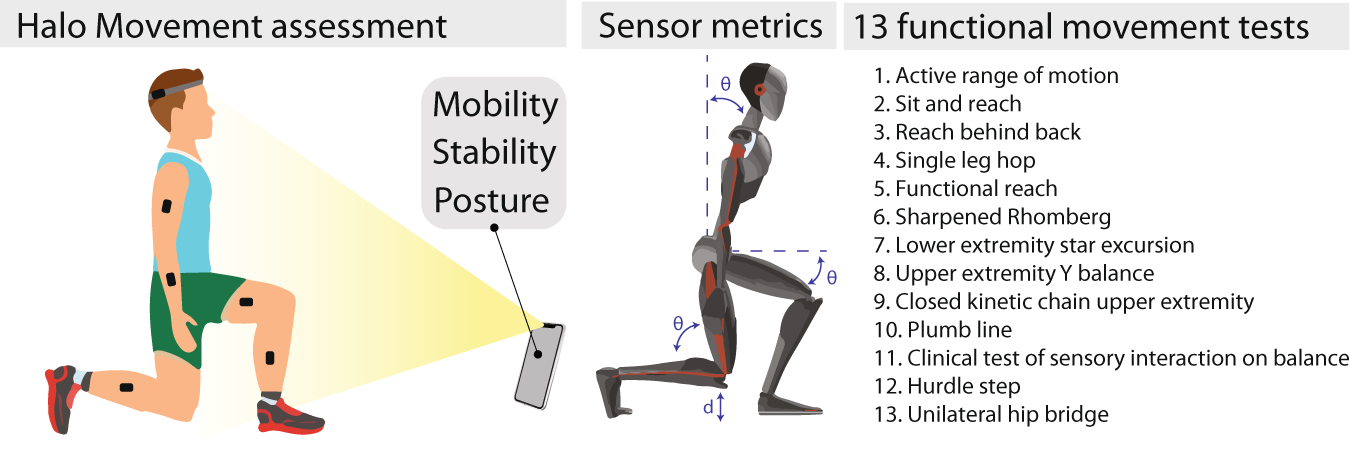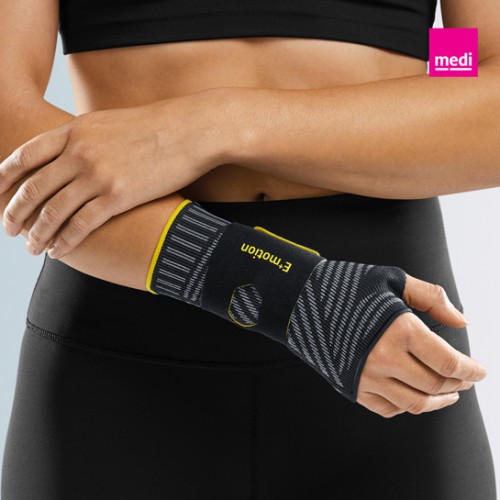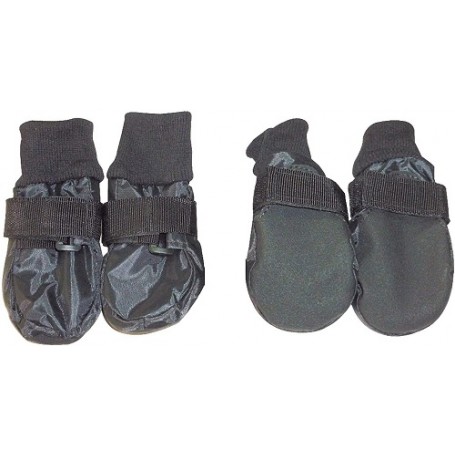
Traction splinting (EAVAST protocol) versus operative fixation of proximal phalanx fractures: a comparative study of patient outcomes
By Alyse D Hopkins, Nick P Barry & 5 more. A non-randomised, single-centre prospective cohort study comparing functional outcomes for patients who underwent operative fixation or traction splinting for the management proximal phalanx fractures of the hand.

Hand-based swing traction splinting for intra-articular proximal interphalangeal joint fractures - Melissa J Hirth, David J Jacobs, Kate Sleep, 2013

15149 PDFs Review articles in SPLINTS

Pre-reduction image of proximal phalangeal fracture showing dorsal

Casts, Splints, Dressings, and Traction

Surgical Management of Postoperative Infections and Complications

Utilization of Virtual Surgical Planning for Surgical Splint-Assisted Comminuted Maxillomandibular Fracture Reduction and/or Fixation - Wichuda Kongsong, Somsak Sittitavornwong, 2020

Traction splinting (EAVAST protocol) versus operative fixation of proximal phalanx fractures: a comparative study of patient outcomes

Traction splinting (EAVAST protocol) versus operative fixation of proximal phalanx fractures: a comparative study of patient outcomes

Traction splinting (EAVAST protocol) versus operative fixation of proximal phalanx fractures: a comparative study of patient outcomes

A) Traction is applied on the middle phalanx to engage K2 in the horns

Traction Splints: Effective Nonsurgical Way of Managing Proximal Phalanx Fractures

An evaluation of the efficacy of percutaneous reduction and screw fixation without bone grafting in Sanders Type-II and Type-III displaced intra-articular calcaneal fractures, BMC Musculoskeletal Disorders
:upscale()/2023/12/21/819/n/1922729/tmp_UyrHy8_feb4a42e2a9b21aa_PS23_Fitness_Workout_13_Move_06_Goblet_Squat.jpg)








